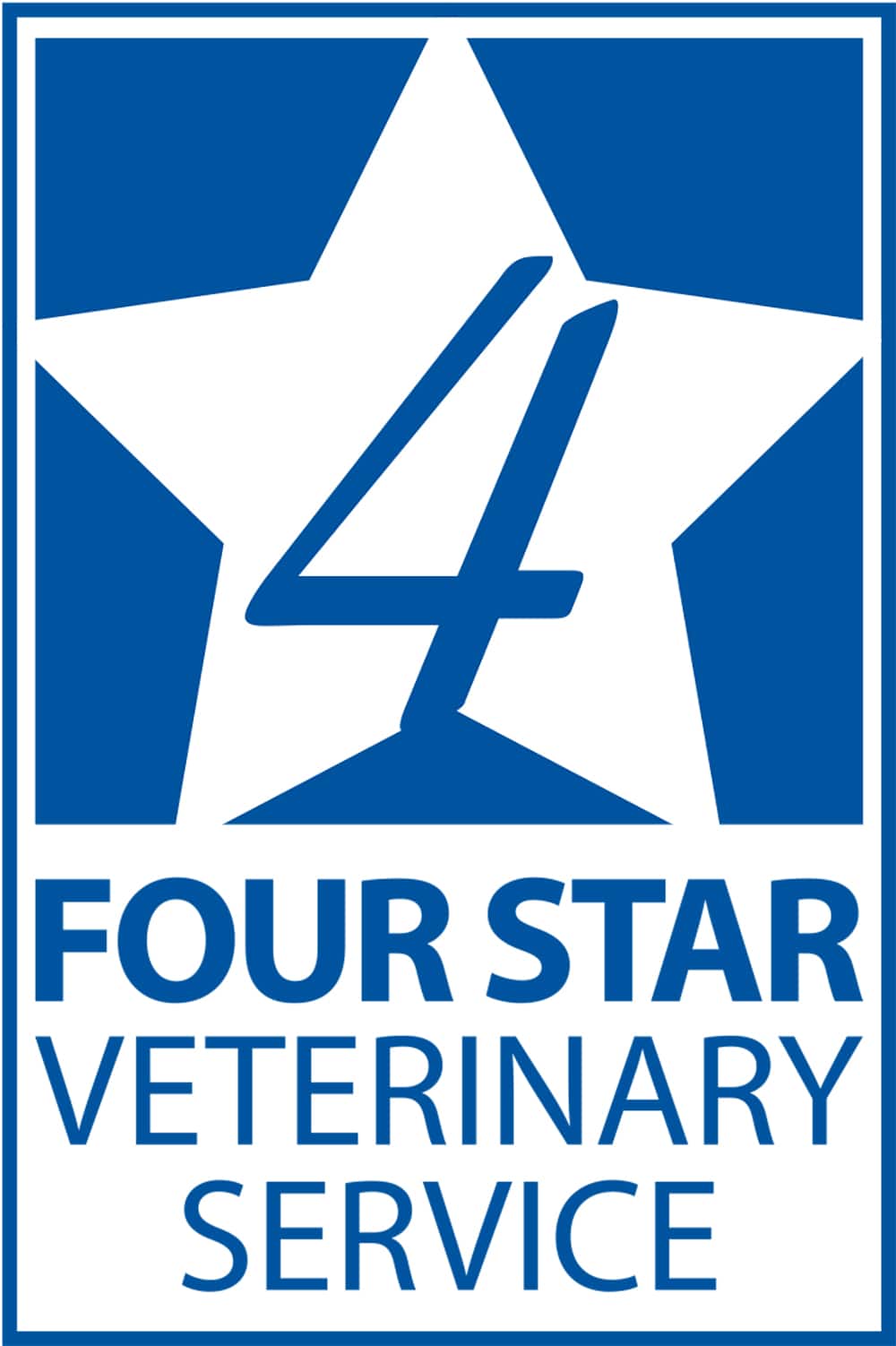After living with Mycoplasma hyopneumoniae (M. hyo) for years, producers now know that maintaining a stable M. hyo status is key to reducing the disease’s impact.
Managing Mycoplasma’s persistence in finishing
A dry cough heard in a finishing unit usually indicates M. hyo is causing respiratory distress and reducing growth in pigs almost ready for market. Bryant Chapman, DVM, Four Star Veterinary Service, helps clients reduce the effects of M. hyo.
